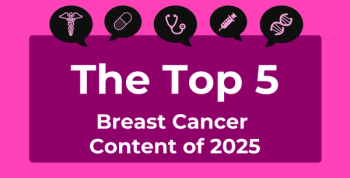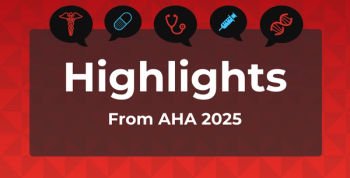
Emerging Trends in Sleep: Pediatric Narcolepsy Scale, How Race Influences Classification of OSA Severity, and More
A roundup of the latest news in sleep research reported across MJH Life Sciences™.
A roundup of the latest news in
Examining the Potential of a Narcolepsy Severity Scale for Pediatric Populations
As reported by
Spotlighting the potential of a scale tailored toward pediatric populations, NSS-P was reformulated from the original
Notably, the scale may be unreliable in those under the age of 10, as young children may have difficulty in recognizing and quantifying symptoms such as cataplexy. Symptoms associated with NT1, including fatigue, brain fog, and autonomic behaviors, were also noted to not be evaluated by the NSS-P questionnaire.
Race/Ethnicity May Impact Classification of Obstructive Sleep Apnea
Differences in sleep phenotypes characteristic of moderate to severe obstructive sleep apnea (OSA) between White and Hispanic/Latino patients may warrant the integration of new classification classes in these populations, according to study findings published in
As reported by
Furthermore, differences in comorbidity profiles were found to differ by the classified phenotype, in which patients of the excessive sleepiness phenotype were more prone to obstructive lung disease and those of the disturbed sleep phenotype were more likely to self-report cerebrovascular disease and/or heart attack.
Assessing State of Sleep Research, Progress in Unmet Needs
In an interview by
With the recent
Furthermore, he said that finding a cost-effective approach to better measure sleep across multiple nights would help improve representative data on sleep quality and duration and subsequently underscore the impact of these issues on overall health.
Newsletter
Stay ahead of policy, cost, and value—subscribe to AJMC for expert insights at the intersection of clinical care and health economics.









































